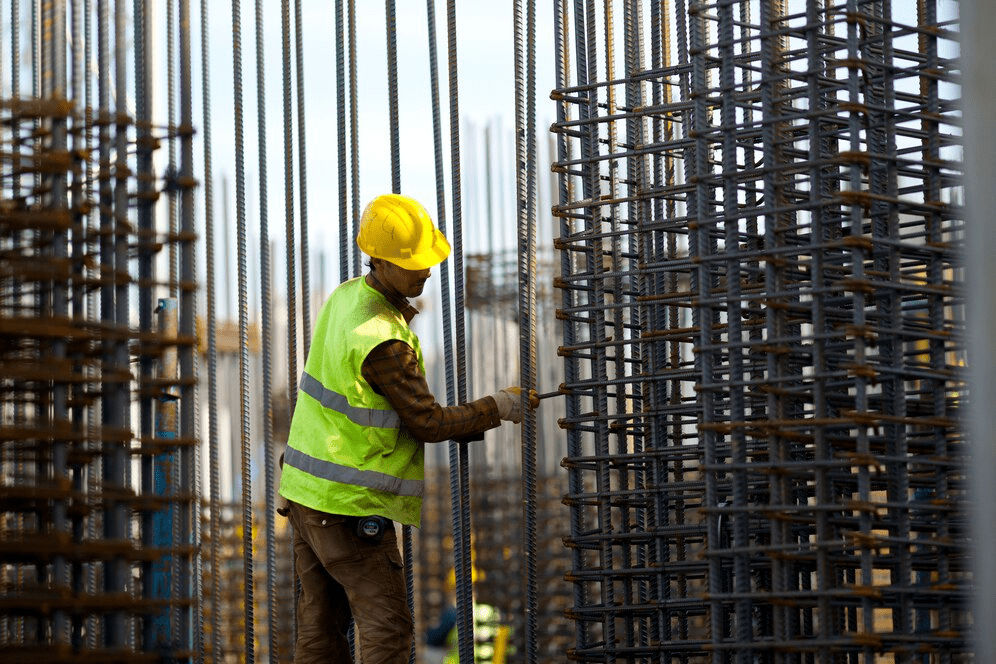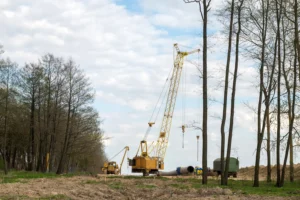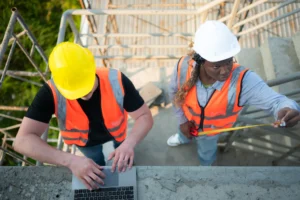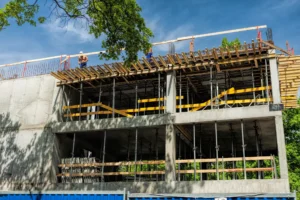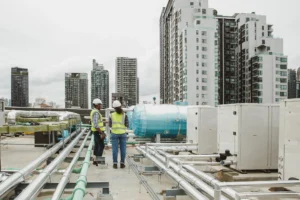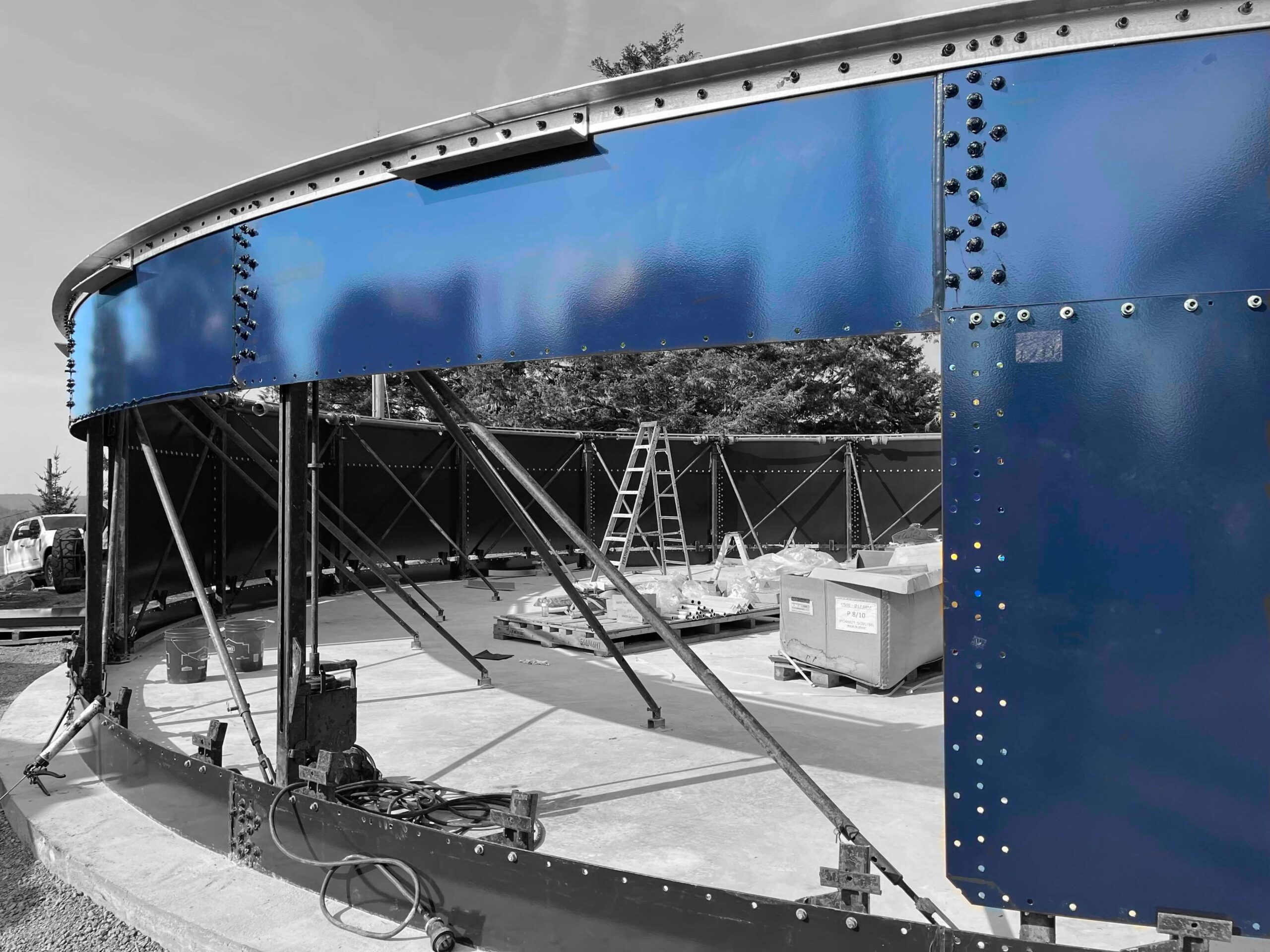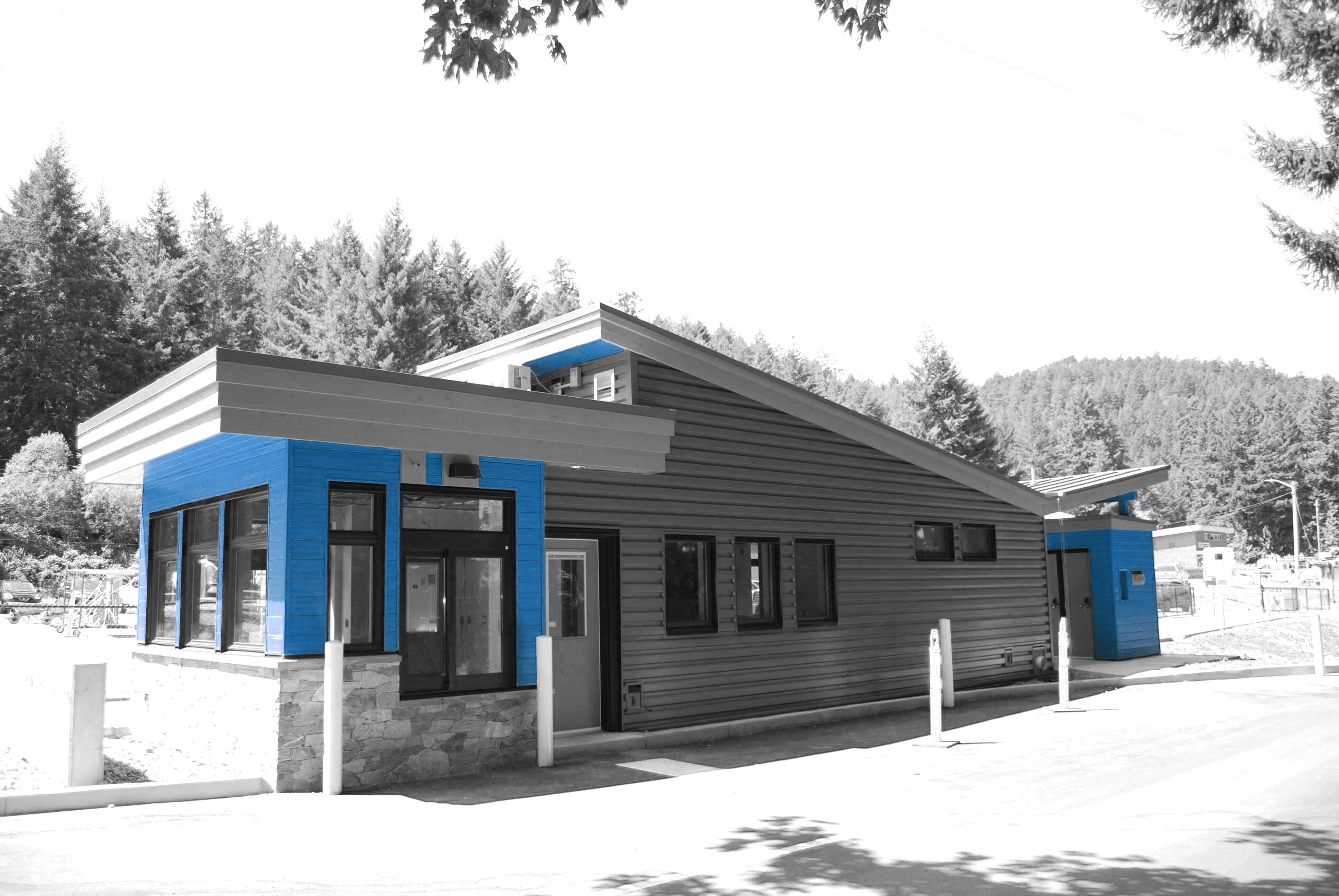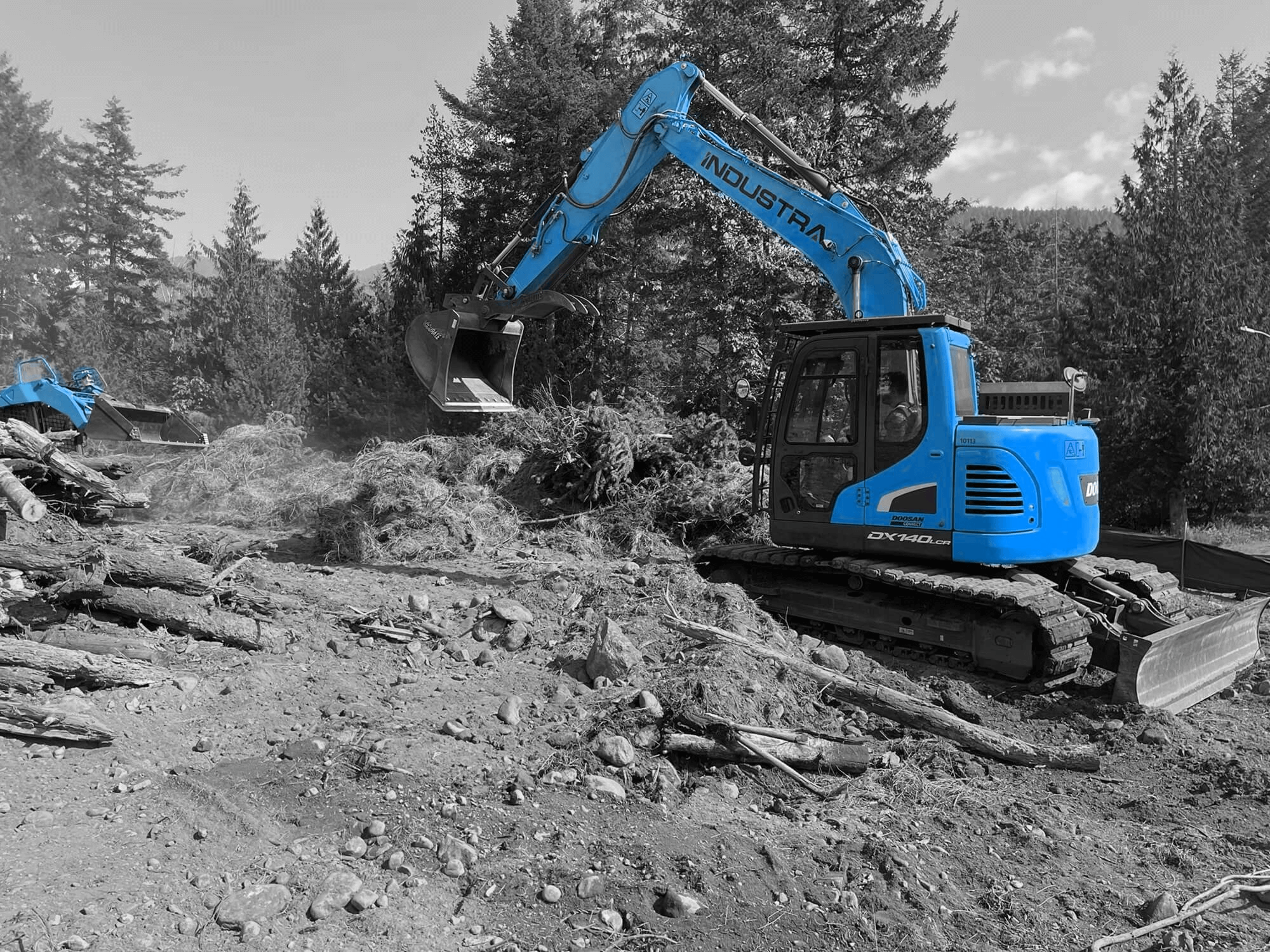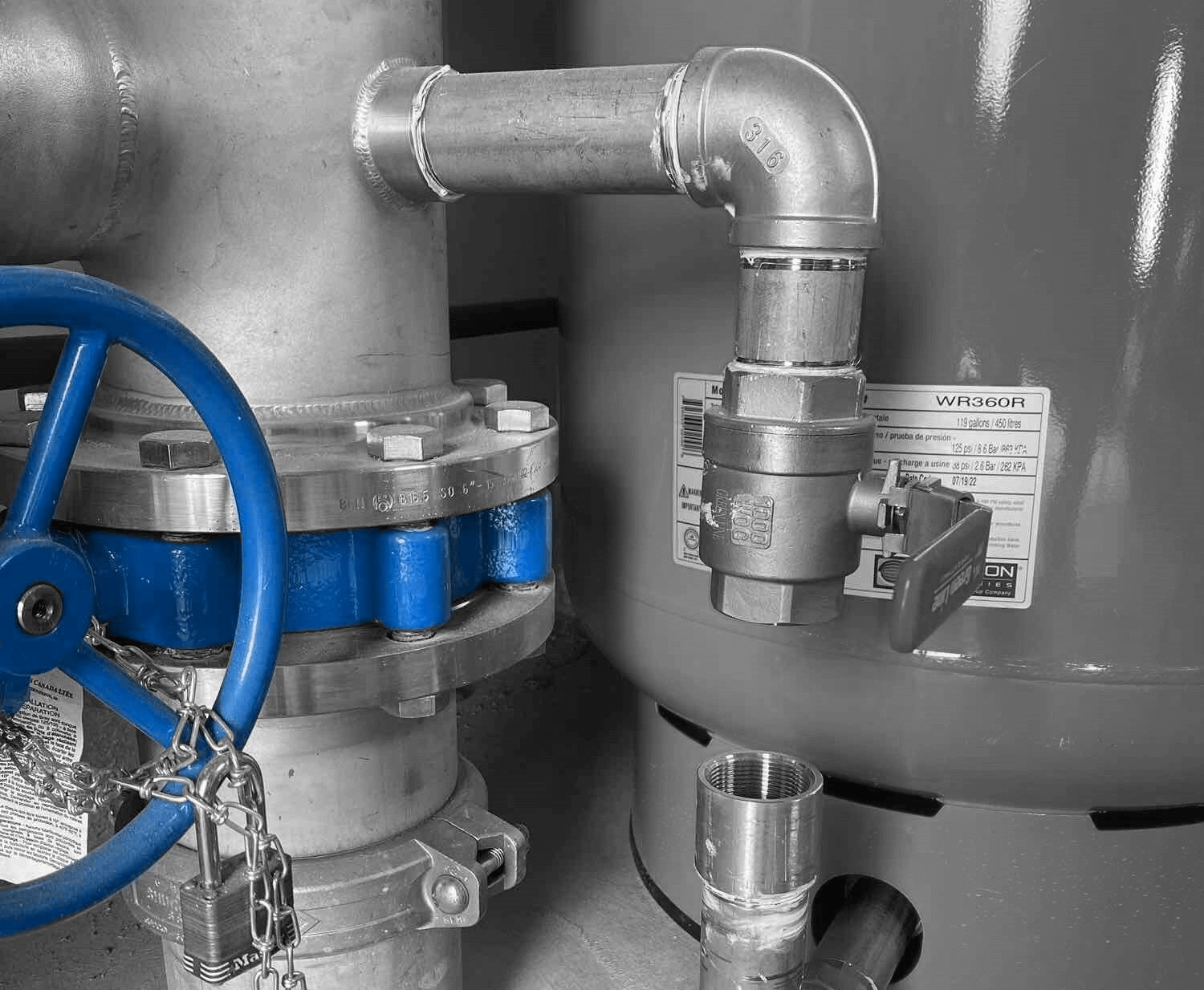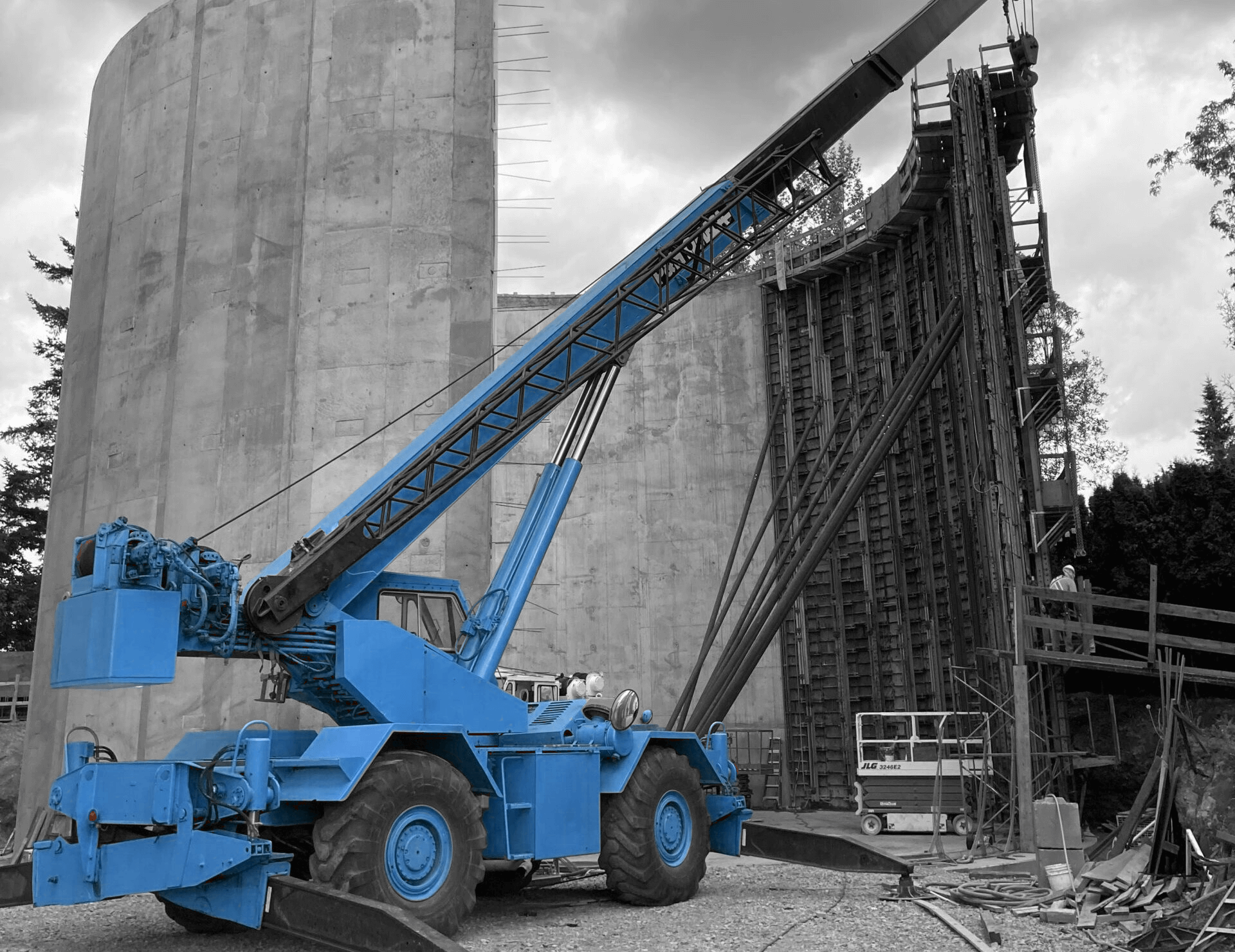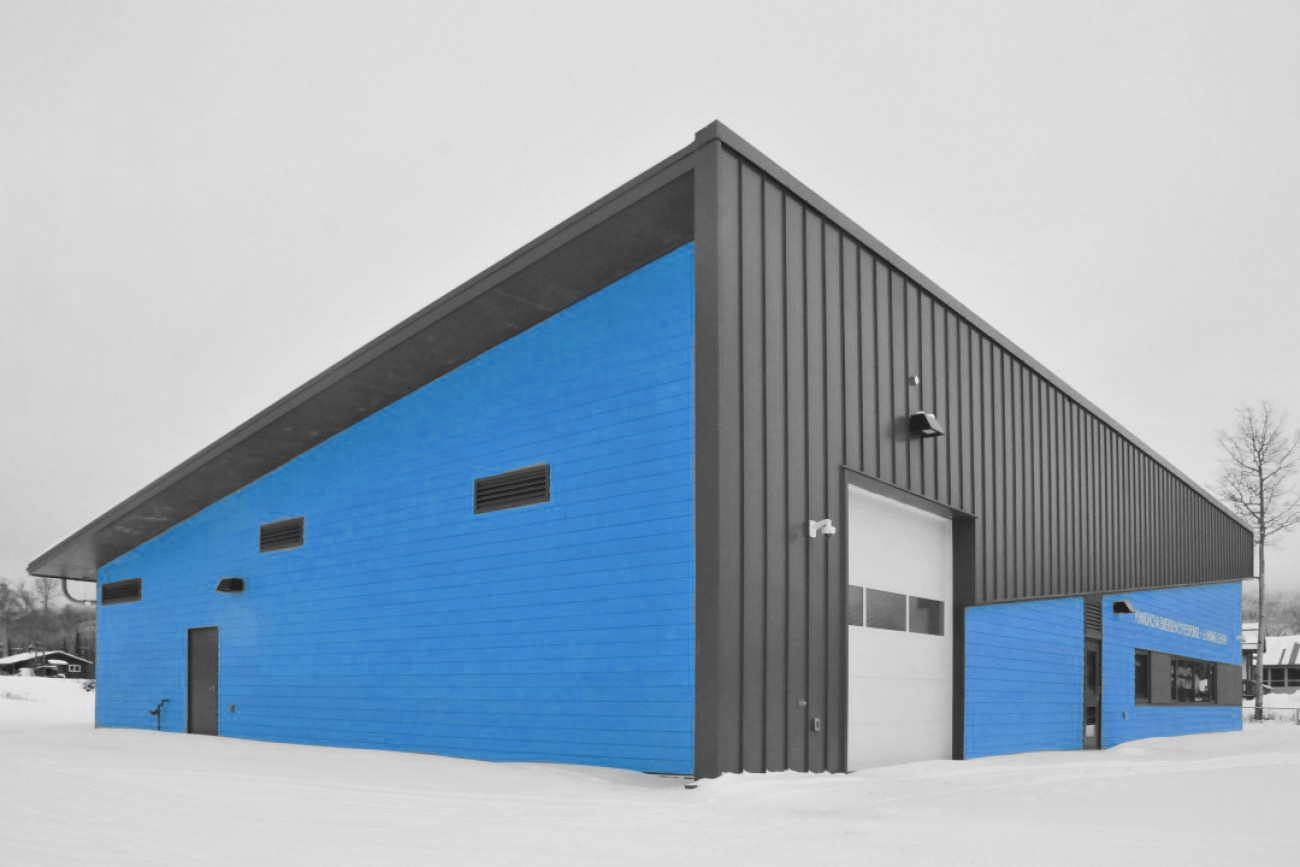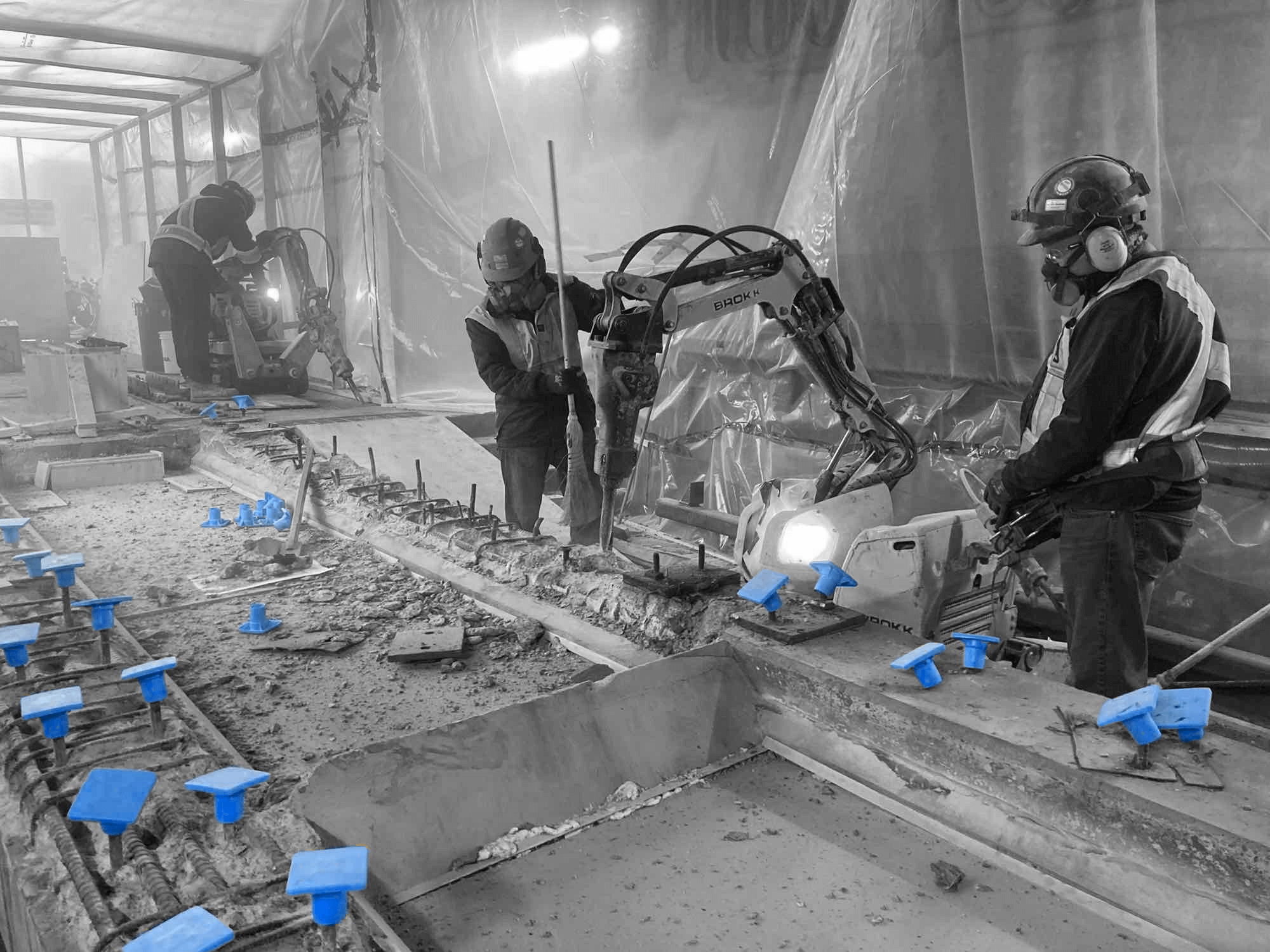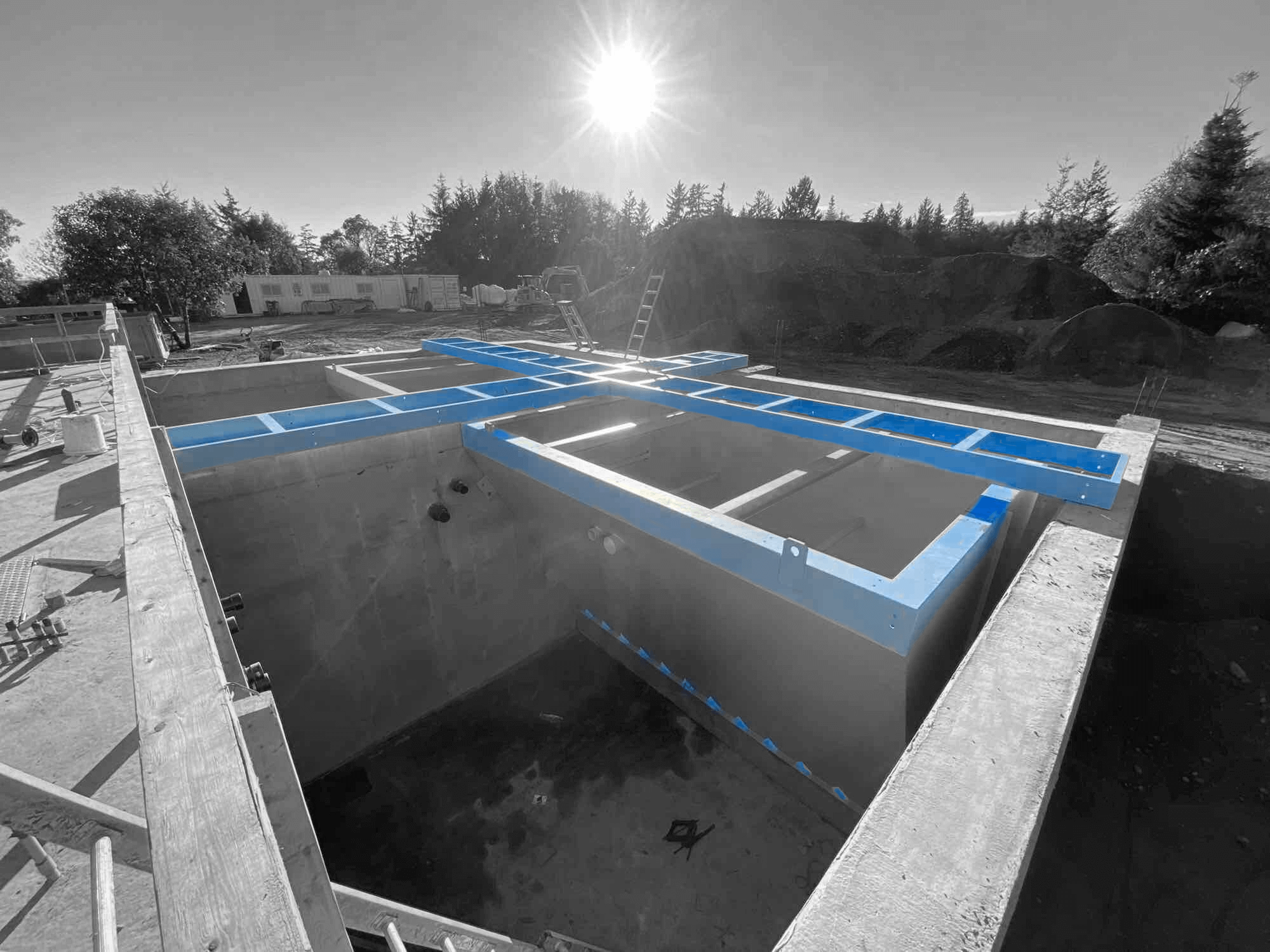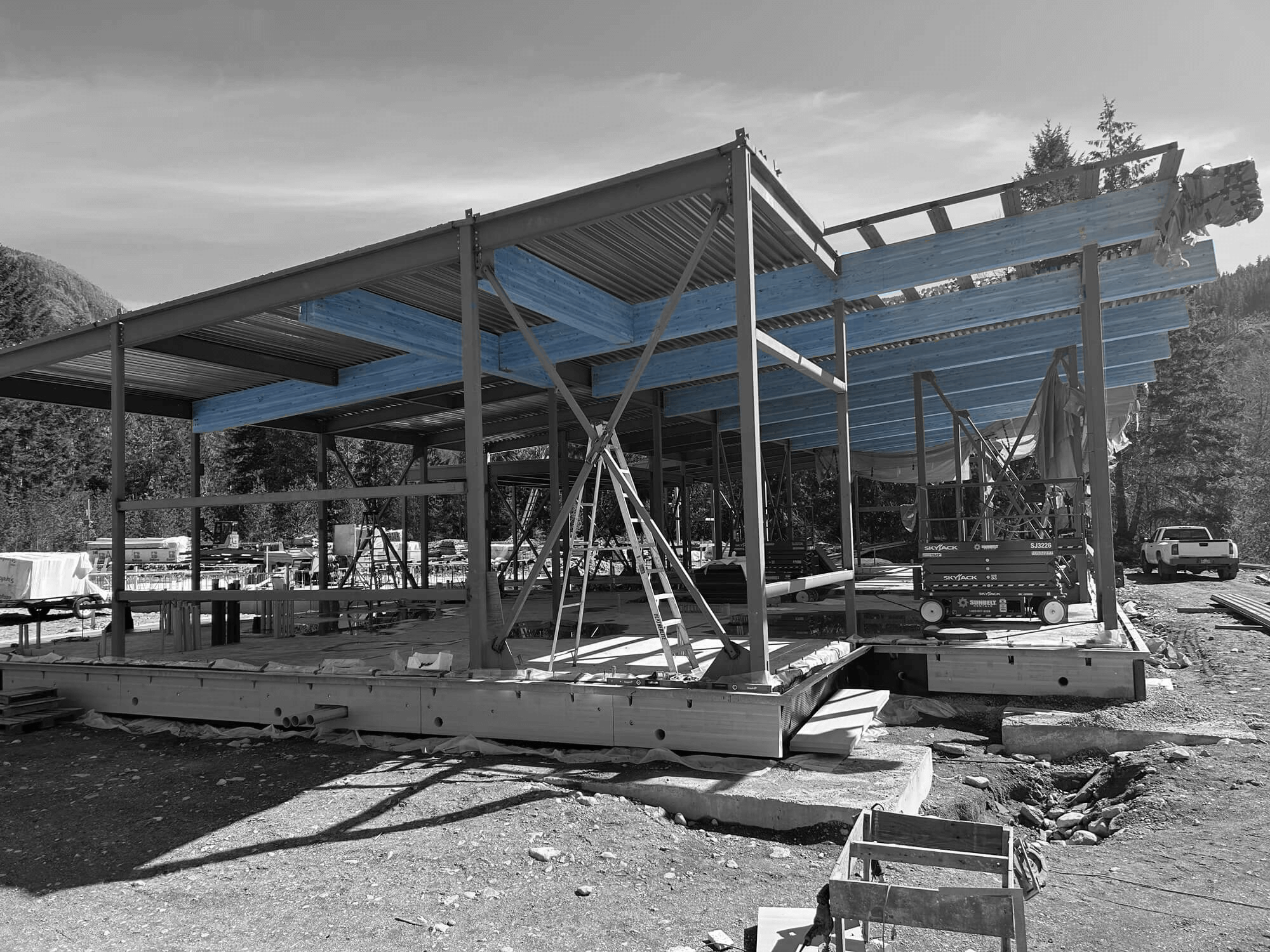Managing a construction project can feel like juggling too many balls at once. With tight schedules, large teams, and complex tasks, it can quickly get overwhelming. However, there are ways to make construction management simpler and more effective. These tips can help keep projects on track and ensure everything runs smoothly.
One key to success is effective planning and scheduling. Knowing what needs to be done and when helps avoid confusion and delays. It breaks down tasks into manageable steps and ensures everyone knows their responsibilities.
Another important factor is using technology to improve coordination. Modern tools and apps make it easier to organize tasks, track progress, and communicate with the team. This can save time and reduce mistakes, helping to keep the project on schedule.
Good communication on the job site is also crucial. Clear and consistent communication keeps everyone on the same page. It helps avoid misunderstandings and ensures that any issues are quickly addressed.
Finally, implementing safety measures efficiently ensures that the job site is safe for everyone. Proper safety protocols and equipment can prevent accidents and injuries, which otherwise could cause delays and increase costs.
These simple hacks can make construction management more manageable and effective. By focusing on planning, technology, communication, and safety, you can streamline your workflow and achieve better results.
Effective Planning and Scheduling
Effective planning and scheduling form the backbone of any successful construction project. Without a clear plan, it’s easy for tasks to fall through the cracks or for schedules to slip. Here are some hacks to ensure your planning and scheduling are spot on.
1. Create Comprehensive Project Plans:
– Break the project down into smaller tasks. Each task should have clear deliverables and timelines. Use Gantt charts to visualize the project timeline and track progress.
2. Set Milestones:
– Milestones are critical points in the project timeline that signify the completion of a major phase. Setting these helps keep everyone focused on important goals. It also provides checkpoints to assess progress and make necessary adjustments.
3. Allocate Resources Wisely:
– Ensure that the right personnel and materials are available when needed. Use project management software to allocate resources efficiently. This helps avoid delays caused by mismatched schedules or lack of materials.
4. Stay Flexible:
– Even the best plans encounter unexpected changes. Build some flexibility into your schedule to accommodate unforeseen issues. Having a buffer can prevent minor hiccups from becoming major delays.
5. Regular Progress Reviews:
– Hold regular review meetings to assess progress and adjust plans as needed. These meetings help identify any issues early, allowing for quick resolution.
By focusing on detailed planning and careful scheduling, you can keep your construction project on track. This approach minimizes downtime and keeps all team members aligned towards the common goal.
Utilizing Technology for Better Coordination
Technology plays a major role in improving coordination on construction sites. With so many moving parts and people involved, it’s essential to have tools that streamline processes and enhance communication. Here are some ways to leverage technology for better coordination.
1. Project Management Software:
– Tools like Procore or Buildertrend can organize tasks, manage schedules, and track progress. These platforms provide a central hub where all project information is stored and accessible to the team. This keeps everyone informed and reduces the risk of misunderstandings.
2. Mobile Apps:
– Mobile apps allow team members to access project details on the go. Apps like PlanGrid or Fieldwire enable workers to view blueprints, take photos, and update progress in real-time. This instant access keeps the team connected and responsive.
3. Drones for Site Surveys:
– Drones can quickly and accurately survey construction sites. They provide aerial views that help identify potential issues early. This technology can save time and increase the accuracy of site assessments.
4. Cloud-Based Storage:
– Storing documents and plans on the cloud ensures everyone has access to the latest versions. Tools like Google Drive or Dropbox make it easy to share and collaborate on documents, reducing errors caused by outdated information.
5. Communication Tools:
– Platforms like Slack or Microsoft Teams facilitate instant messaging and file sharing among team members. These tools enable quick communication, reducing delays caused by waiting for email responses.
By utilizing the latest technology, we can vastly improve coordination on construction projects. These tools help streamline workflows, reduce errors, and ensure everyone is on the same page, which ultimately leads to more efficient project execution.
Streamlining Communication on the Job Site
Good communication is the key to a smooth construction project. When everyone knows what’s happening, things run more efficiently. Here are some hacks for streamlining communication on the job site.
1. Daily Stand-Up Meetings:
– Start each day with a quick stand-up meeting. This is a short meeting where everyone shares their goals and any obstacles they anticipate. Keeping it brief ensures that everyone is aware of the day’s plans while keeping downtime to a minimum.
2. Clear Communication Channels:
– Establish clear channels for communication. Whether it’s using walkie-talkies on-site or group chats for off-site updates, having designated methods for different types of communication helps messages get to the right people faster.
3. Centralized Information Boards:
– Use centralized boards to post important updates, schedules, and announcements. Digital boards or even physical boards in common areas can serve as a quick reference point for all team members.
4. Regular Check-Ins:
– Schedule regular check-in meetings to discuss progress and address issues. Weekly or bi-weekly check-ins ensure that problems are caught early and that adjustments can be made promptly.
5. Document Everything:
– Keep written records of important communications. This reduces the risk of forgetting instructions or miscommunication. Text or email follow-ups to verbal instructions can help ensure that everyone is clear on their tasks.
Streamlining communication keeps everyone on the same page and reduces the likelihood of mistakes. Clear, consistent updates help the team work together more effectively, ensuring a smoother project flow.
Implementing Safety Measures Efficiently
Safety is a top priority on any construction site. Implementing safety measures efficiently safeguards workers and keeps the project on track. Here are essential tips for ensuring a safe job site.
1. Comprehensive Safety Plans:
– Develop a thorough safety plan tailored to your specific project. The plan should cover all potential hazards and outline the measures to address them. Make sure the plan is accessible to all workers.
2. Safety Training:
– Provide regular safety training for all team members. Training should cover new hires as well as ongoing refreshers for seasoned workers. This helps everyone stay updated on best practices and protocols.
3. Personal Protective Equipment (PPE):
– Ensure that all workers have the necessary PPE for their tasks. This includes helmets, gloves, safety glasses, and more. Regularly check that PPE is in good condition and replace it as needed.
4. Regular Safety Inspections:
– Conduct frequent safety inspections of the job site. Inspections help identify and correct potential hazards before they cause problems. Use a checklist to ensure no aspect of the site is overlooked.
5. Emergency Procedures:
– Clearly outline emergency procedures and ensure all workers know what to do if an accident occurs. This includes evacuation plans, first aid stations, and emergency contact numbers.
6. Proper Signage:
– Use clear and visible signs to indicate hazards, emergency exits, and safety instructions. Proper signage informs and reminds workers to stay vigilant about safety practices.
Implementing these safety measures efficiently can dramatically reduce the risk of accidents on the job site. A safe work environment contributes to a more productive and positive project outcome.
Final Thoughts
Streamlined communication and safety measures are pivotal for a successful construction project. By adopting these hacks, we can enhance coordination, reduce errors, and maintain a safe working environment. Effective planning, paired with modern technology, brings clarity and efficiency to every phase of the project.
Efficient management not only keeps projects on schedule but also builds a cohesive and safe work environment. Focusing on these areas ensures that everyone is working towards the same goals and that the risks are minimized.
If you’re ready to optimize your construction management practices, connect with Industra Construction Corp. today. Our team is here to help you implement these hacks for a smoother, safer, and more efficient construction project.


